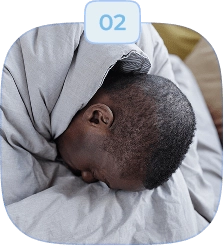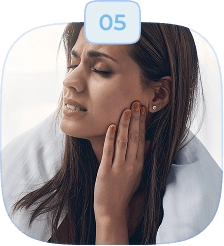Better Breathing. Rejuvenative Sleep.
Whole-Body Wellness.


Because chronic mouth breathing, fragmented sleep, and airway obstruction impact your energy, focus, immune function, and long-term development.
We don’t treat airway issues as an afterthought.
Whether your goal is better sleep, more energy, or stronger facial growth for your child, it starts with a healthy, open airway.
Airway problems often masquerade as unrelated symptoms. If you or your child experience any of the following, your airway may be the root cause:















Pharyngometry Testing
CBCT 3D Imaging
Nasal Breathing Evaluation
We assess for habitual mouth breathing, restricted nasal flow, or structural obstructions like enlarged tonsils, adenoids, turbinates or deviated septum.
Tongue Posture & Muscle Tone
Facial Growth & Skeletal Structure
We evaluate midface width, jaw position, and overall growth direction to determine how the airway is affected by bone development, especially in children.
Airway health is not separate from orthodontics — it’s inseparable.
This is why every new patient is screened for airway dysfunction during their first visit.
Say Hello